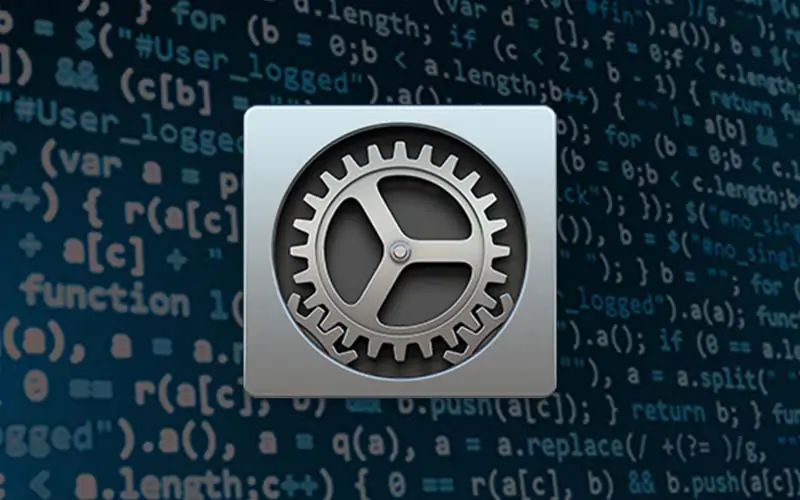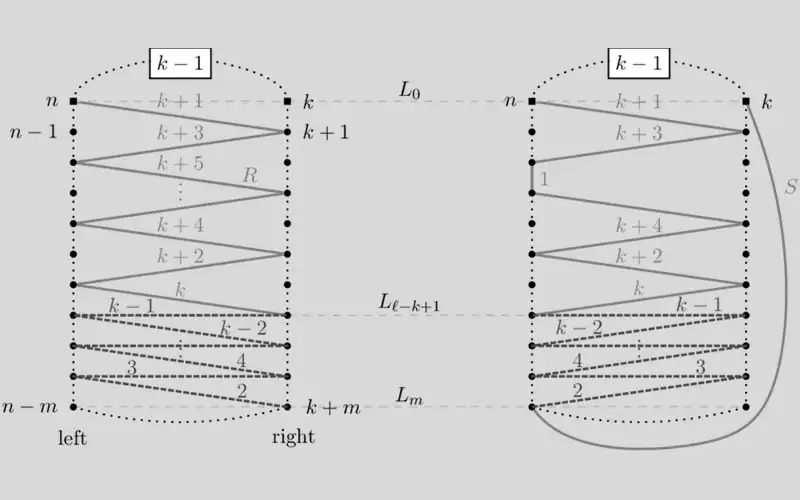Write short note on Evolution of Computer Generations.
Evolution of Computer Generations.
The modern computer took its shape with the advent of time. It was around 16th century when the evolution of computer started. The initial computer faced many changes, obviously for the betterment. It continuously improved itself in terms of speed, accuracy, size, and cost to get the shape of the modern day computer. This long period can be conveniently divided into the following phases called computer generations:
- First Generation Computers (1940-1956)
- Second Generation Computers (1956-1963)
- Third Generation Computers (1964-1971)
- Fourth Generation Computers (1971-Present)
- Fifth Generation Computers (Present and Beyond)
First Generation Computers: Vacuum Tubes (1940-1956):
The technology behind the First generation computers was a fragile glass device, which was called vacuum tubes. These computers were very heavy and very large in size. These were not very reliable and programming on them was a very tedious task as they used high level programming language and used no operating system. First generation computers were used for calculation, storage and control purpose. They were too bulky and big that they needed a full room and consume rot of electricity.
Main first generation computers are:
- ENIAC: Electronic Numerical Integrator and Computer, built by J. Presper Eckert and John V. Mauchly was a general purpose computer. It was very heavy, large and contained 18,000 vacuum tubes.
- EDVAC: Electronic Discrete Variable Automatic Computer was designed by Von Neumann. It could store data as well as instruction and thus the speed was enhanced.
- UNIVAC: Universal Automatic Computer were developed in 1952 by Eckert and Mauchly.
Second Generation Computers:
Transistors (1956-1963):
Second generation computers used the technology of transistors instead of bulky vacuum tubes. Another feature was the magnetic core storage. Transistor is a device composed of semiconductor material that amplifies a signal or opens or closes a circuit.
Transistors were invented in Bell Labs. Use of transistors made it possible to perform powerfully and with due speed. It reduced the size and cost and thankfully the heat too, which was generated by vacuum tubes. Central Processing Unit (CPU), memory, programming language and input and output units were also came into the force in the second generation.
Programming language was shifted from high level to assembly language and made programming comparatively an easy task for programmers. Languages used for programming in this era were FORTRAN (1956), ALGOL (1958) and COBOL (1959). Examples: PDP-8, IBM1400 series, IBM 1620, IBM 7090, CDC 3600.
Third Generation Computers:
Integrated Circuits. (1964-1971):
During the third generation, technology envisaged a shift from huge transistors to integrated circuits, also known as IC. Here a number of transistors were placed on silicon chips, called semiconductors. The main feature of this era’s computer was the speed and reliability. IC, were made of silicon and also called the silicon chips.
A single IC, has many transistors, registers and capacitors built on a single thin slice of silicon. The cost size were reduced and memory space and working efficiency was increased in this generation. Programming was now done in Higher level language such as BASIC (Beginners All purpose Symbolic Instruction Code). Mini computers find their shape in this era. Examples: NCR 395, B6500.. IBM 360,370
Fourth Generation Computers:
Micro-processors (1971-Present):
In 1971 First micro¬processors were used, large scale of integration LSI circuits built on a single silicon chip called microprocessors. The main advantage of this technology is that a single microprocessor can contain all the circuits required to perform arithmetic, logic and control functions on a single chip.
The computers using microchips were called microcomputers. This generation provided even smaller size of computers, with larger capacities. That is not enough, after that Very Large Scale Integrated (VLSI) circuits replaced LSI circuits. The Intel 4004chip, developed in 1971, located all the components of the computer from the central processing unit and memory to input/ output controls on a single chip and allowed the size to reduced drastically.
Technologies such as multiprocessing, multi programming, time¬sharing, operating speed, and virtual storage made it more user friendly and common device. The concept of personal computer and computer networks came into being in the fourth generation. Examples: Apple II, Alter 8800
Fifth Generation Computers:
The technology behind the fifth generation computers is of artificial intelligence. It allows the computers to behave like humans. It can be seen in programmes like voice recognition, area of medicines and entertainment. In the field of games playing also it has shown remarkable performance where computers are capable of beating human competitors.
The speed is highest, size is the smallest and area of use has remarkably increased in the fifth generation computers. Though not hundred per cent artificial intelligence has been achieved till date but keeping in view the current developments, it can be said that this dream will also become a reality very soon.
In order to summarize the features of various generations of computers it can be said that a gigantic improvement has been seen as far as the speed and accuracy of functioning is concerned, but if we talk about the size, it is being small over the years. The cost is also diminishing and reliability is of course increasing.
The first generation computers used the technology of vacuum tubes, which has been replaced by transistors in the second generation and integrated circuits in the third. The fourth generation envisaged the use of microprocessors and now is the era of artificial intelligence.




